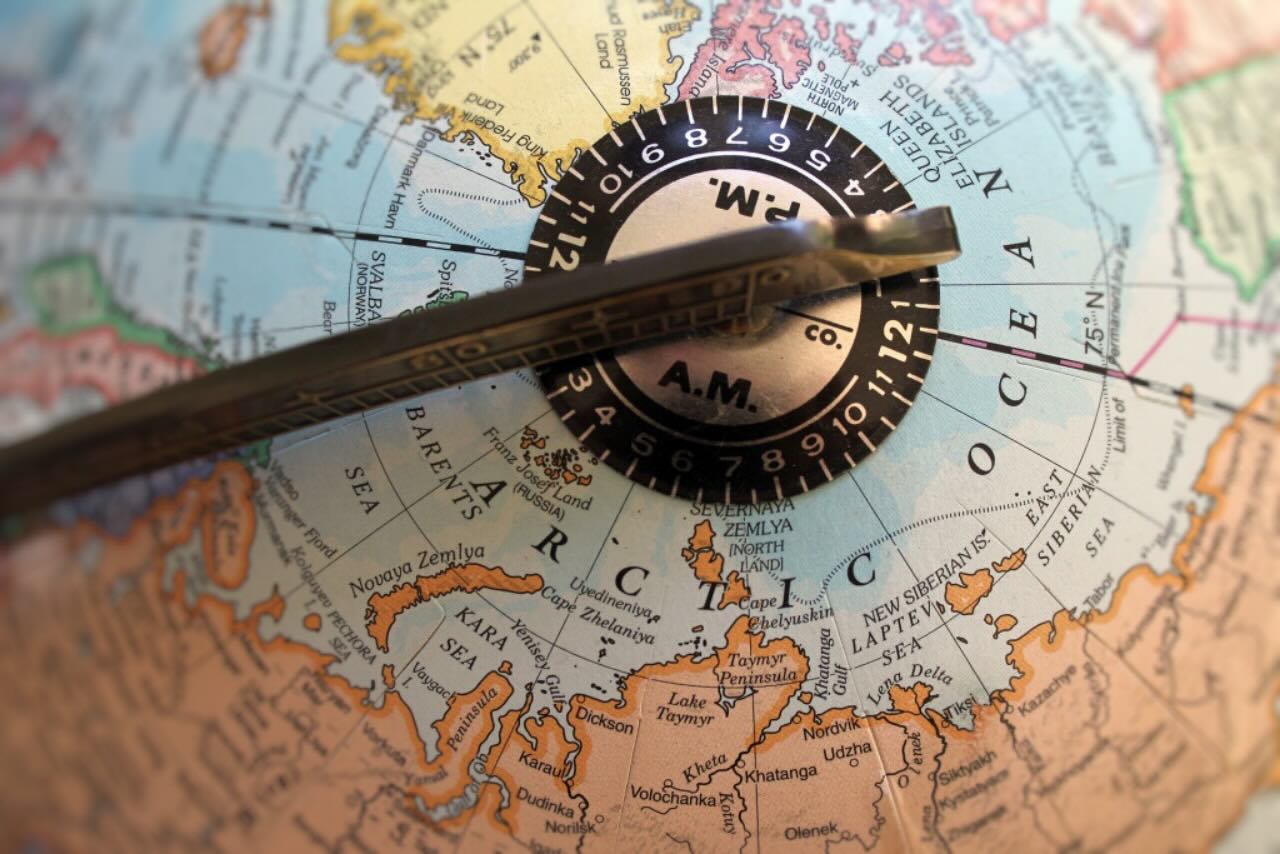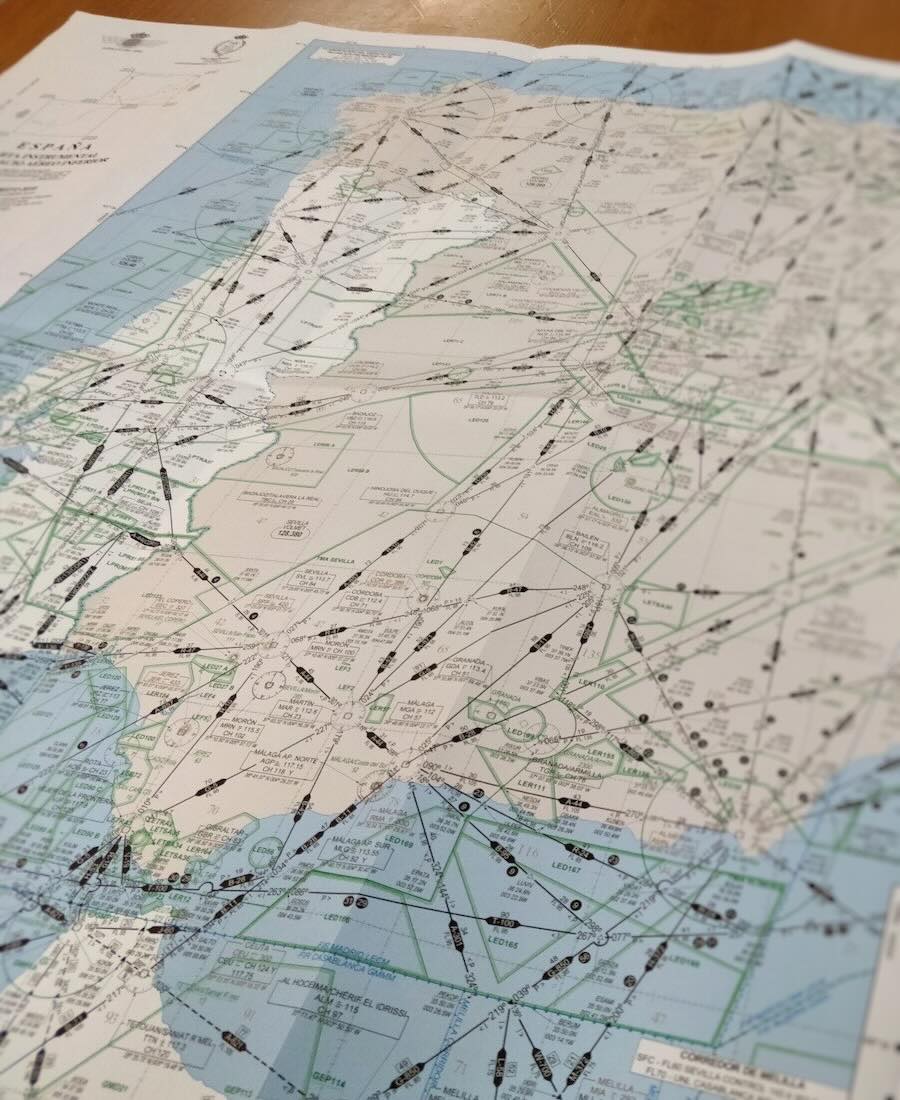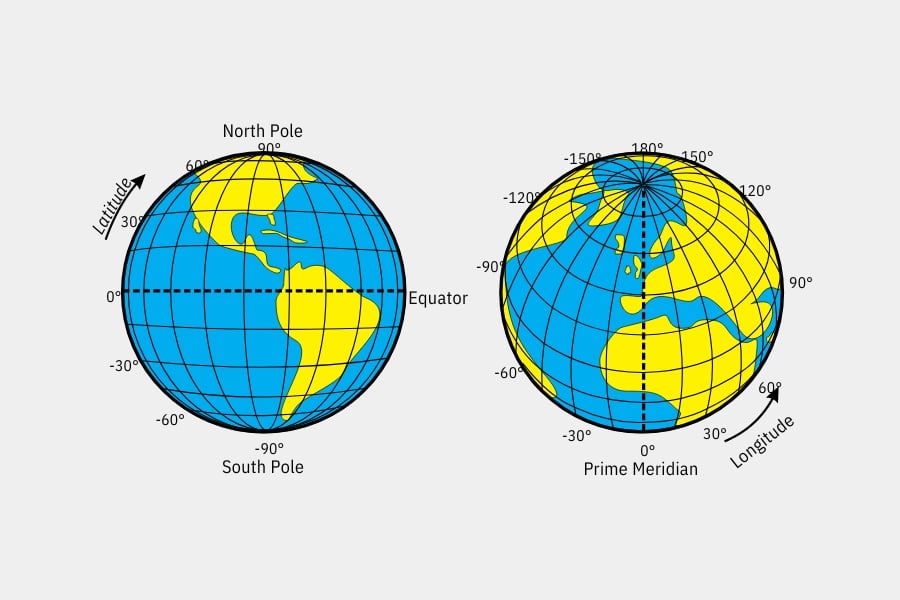Geographic coordinates are a system used to specify any location on Earth’s surface through two numerical values: latitude and longitude.
Latitude refers to the horizontal lines that stretch from east to west, measured in degrees, minutes, and seconds. Longitude, on the other hand, corresponds to the vertical lines that run from north to south, also quantified in degrees, minutes, and seconds.
Think of geographic coordinates as universal addresses, unaffected by languages or dialects; they are a mathematical language that lets us share precise locations with anyone worldwide. And why is this significant?
Understanding geographic coordinates has always been crucial, not just for travellers and explorers but also for scientists, geographers, and virtually anyone using a map or GPS. They enable everything from flight planning to conducting precise environmental and geological studies.
Do you now see the significance of geographic coordinates? Without them, exploring our planet’s vastness and discovering its wonders would be impossible.






